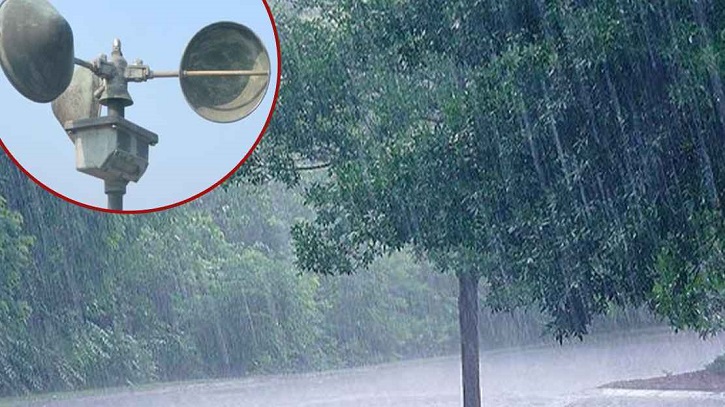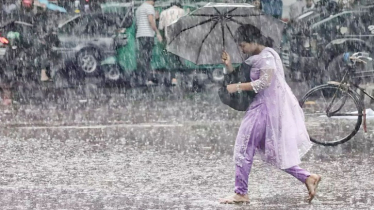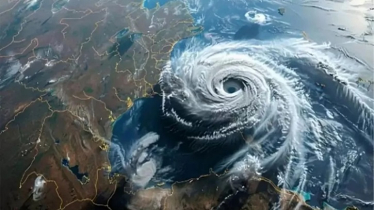
A deep depression over the Bay of Bengal has weakened into a land depression, yet its impact continues to cause persistent rainfall across Bangladesh. The Bangladesh Meteorological Department has forecast that the rain will continue for at least five more days, bringing further disruption to public life. Rising river levels, flash flooding, and severe waterlogging in cities including the capital Dhaka have already left thousands struggling. Coastal areas have been hit particularly hard, with St. Martin’s Island reporting that at least 200 houses have been submerged and hundreds of families remain stranded in floodwaters.
Authorities have issued local warning signal number three for the ports of Chattogram, Cox’s Bazar, Mongla, and Payra as heavy rains, rough seas, and strong winds persist. In hilly areas, the risk of landslides has grown significantly. Friday’s forecast warns of heavy to very heavy rainfall that may intensify temporary flooding in major cities, while Chattogram’s hilly regions face heightened landslide danger.
The weather office reported that the deep depression crossed the Odisha coast of India around 6:00 p.m. Thursday and is now positioned over Odisha and its adjoining areas as a land depression. Although it is likely to weaken further as it continues moving northwest, its extended influence still stretches into the northern Bay of Bengal. Meanwhile, the monsoon remains highly active over Bangladesh.
Forecasts for the coming days indicate continued widespread rainfall. On Friday, most areas in Rangpur, Rajshahi, Mymensingh, Dhaka, and Khulna divisions and many parts of Barishal, Chattogram, and Sylhet are expected to receive light to moderate rain with occasional thunderstorms, alongside pockets of heavy to very heavy rainfall across the country. Daytime temperatures may rise slightly, while nighttime temperatures are expected to remain nearly unchanged. Similar conditions are likely through Saturday and Sunday, with heavy downpours forecast for Rangpur, Rajshahi, and other divisions. By Monday and Tuesday, rainfall will gradually lessen in intensity but will still affect large parts of the country, particularly Mymensingh and Sylhet.
Rivers are swelling under the pressure of continuous rainfall. The Flood Forecasting and Warning Centre of the Water Development Board has reported rising water levels in the Muhuri, Silonia, and Feni rivers, which may trigger short-term flooding in low-lying areas of Feni district. In addition, parts of Lalmonirhat, Nilphamari, Sherpur, Mymensingh, and Netrokona are at risk of inundation.
St. Martin’s Island remains one of the hardest-hit areas, with prolonged heavy rain flooding several neighborhoods including Purbo Para, Poshchim Para, Majher Para, Nazrul Para, and Kona Para. Thousands remain waterlogged, and local residents have complained that the island’s only sluice gate has been closed, preventing floodwaters from receding. With rough seas halting all vessel operations, the Teknaf–St. Martin route has remained suspended for two consecutive days, cutting off critical supplies. Teknaf Upazila Nirbahi Officer Sheikh Ehsan Uddin confirmed that the closed sluice gate was worsening the crisis and said steps were being taken to open it.
The meteorological office has cautioned that heavy rainfall threatens all eight divisions of Bangladesh. Low-lying areas in Dhaka, Chattogram, Sylhet, Mymensingh, and Barishal are especially vulnerable to flooding, with warnings of potential escalation if the rain continues at current intensity.





